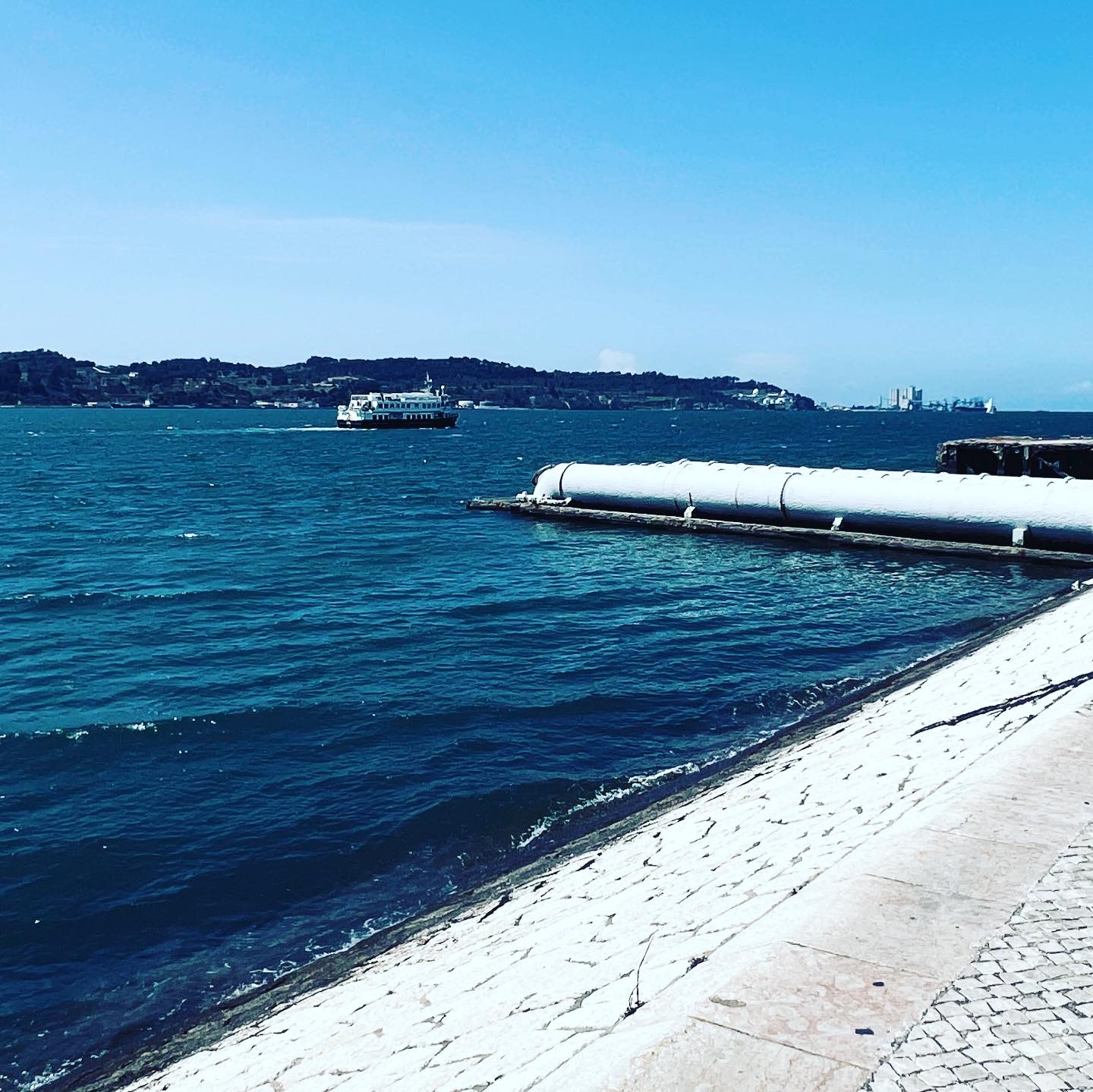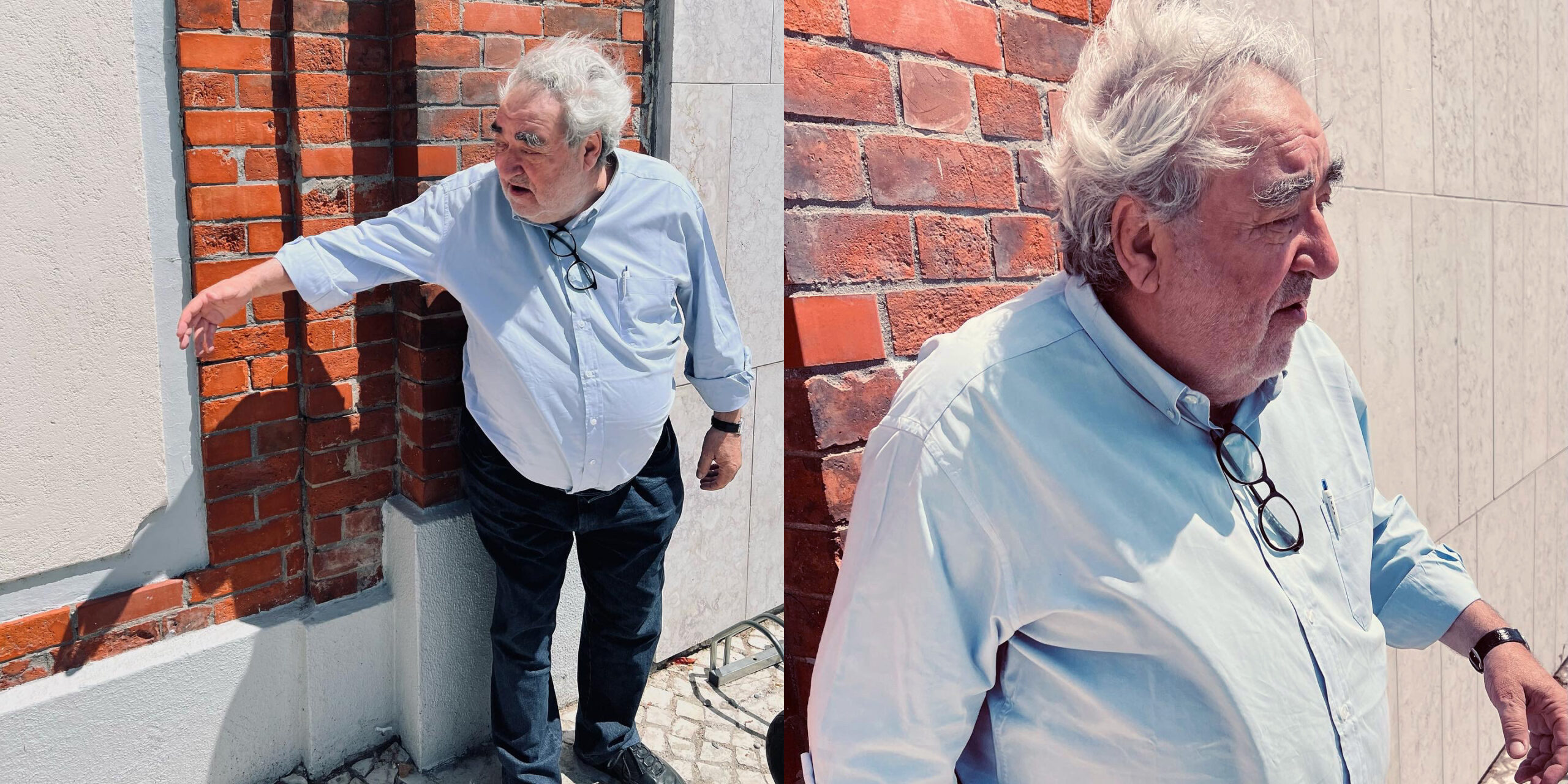Eduardo Souto de Moura studies the location of his site-specific project
Eduardo Souto de Moura was in Lisbon at the end of May to study the site where we will be able to experience his site-specific installation as part of the City Cortex programme. It will appear by the Tagus, where the city and its architecture dialogue with the river. Designed to engage with both Lisboners and passing tourists, this installation interacts with the public through its materiality, offering a space of rest and encounters, protected from the noise and speed of everyday life – a renewed way of relating to today’s urban landscapes.

The work of the architect Eduardo Souto de Moura has already featured several crossovers with cork, a raw material that is familiar to him, not only because he was born in Portugal, where its use is part of the country’s culture, but also because he has integrated it into his practice. The challenge has always been to go beyond its common use – used as thermal or acoustic insulation material, often within walls, or in floor coverings – to bring it to the foreground, where it gains new prominence and nobility, reinventing its role in architecture. As he stated in one of his interviews: “Cork is not to be hidden. It is to be seen”.

Examples of his work with this raw material include the handle and handrail he designed for the Metamorphosis project (experimentadesign/Amorim, 2013), favouring the touch and the pleasant sensation one gets from the texture of cork, or the Portuguese Pavilion at Expo 2000 Hannover, a project shared with Álvaro Siza, where cork blocks on its exterior mediate the public’s relationship with architecture.

This year Souto de Moura has again outlined a new project focusing on the innovative use of cork for City Cortex.